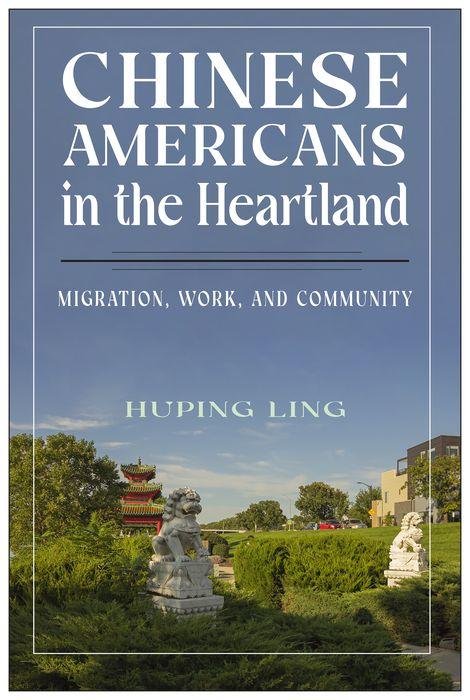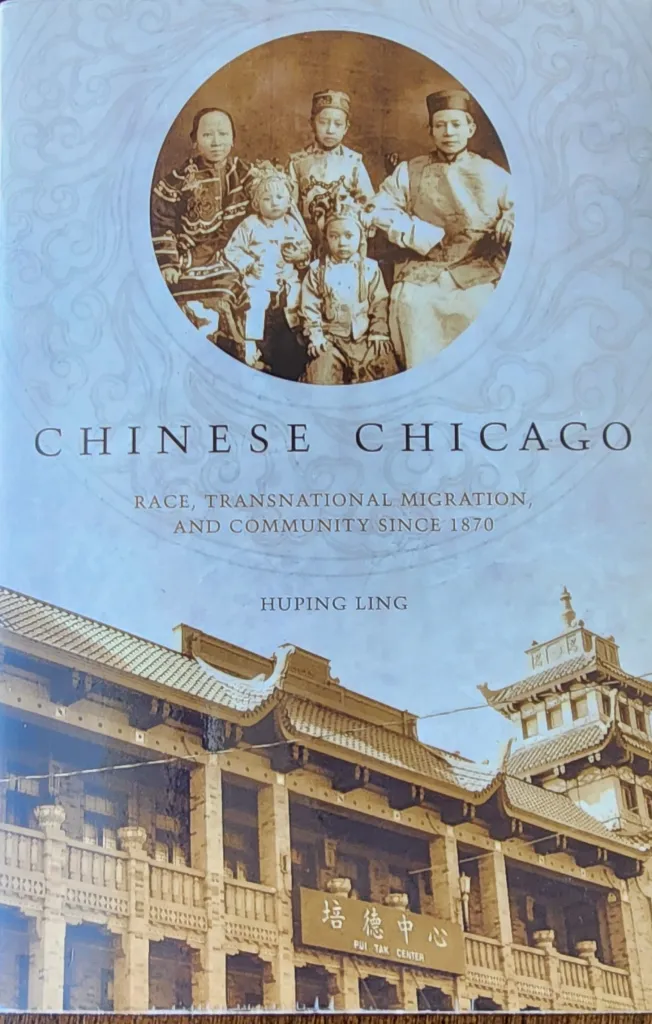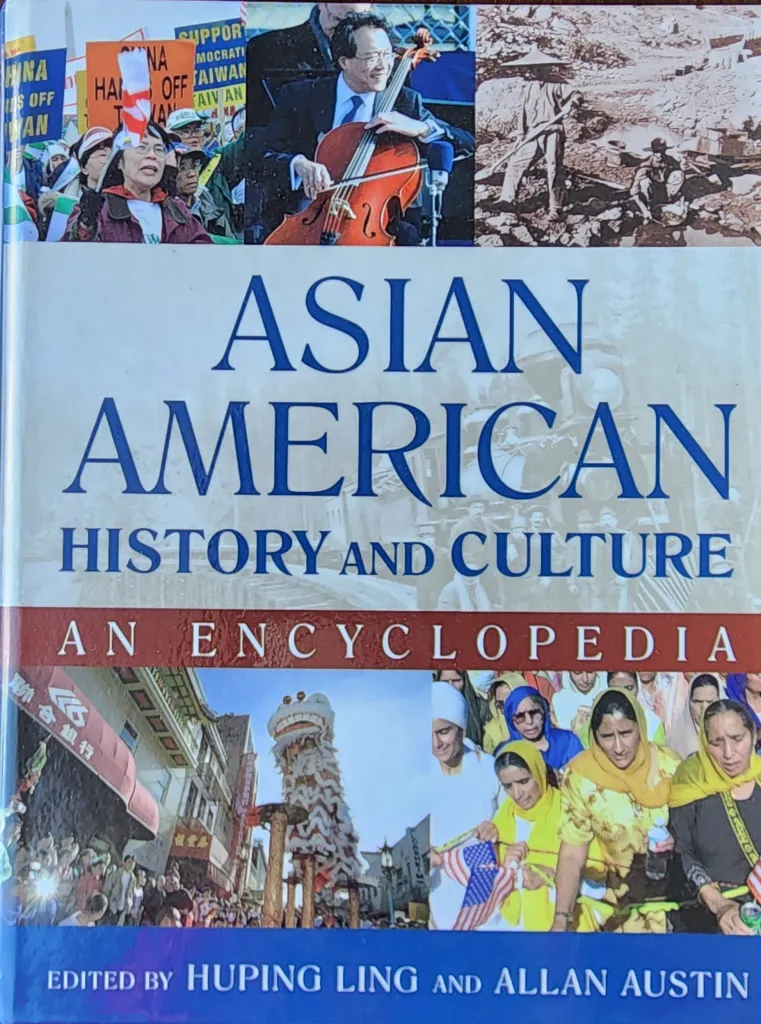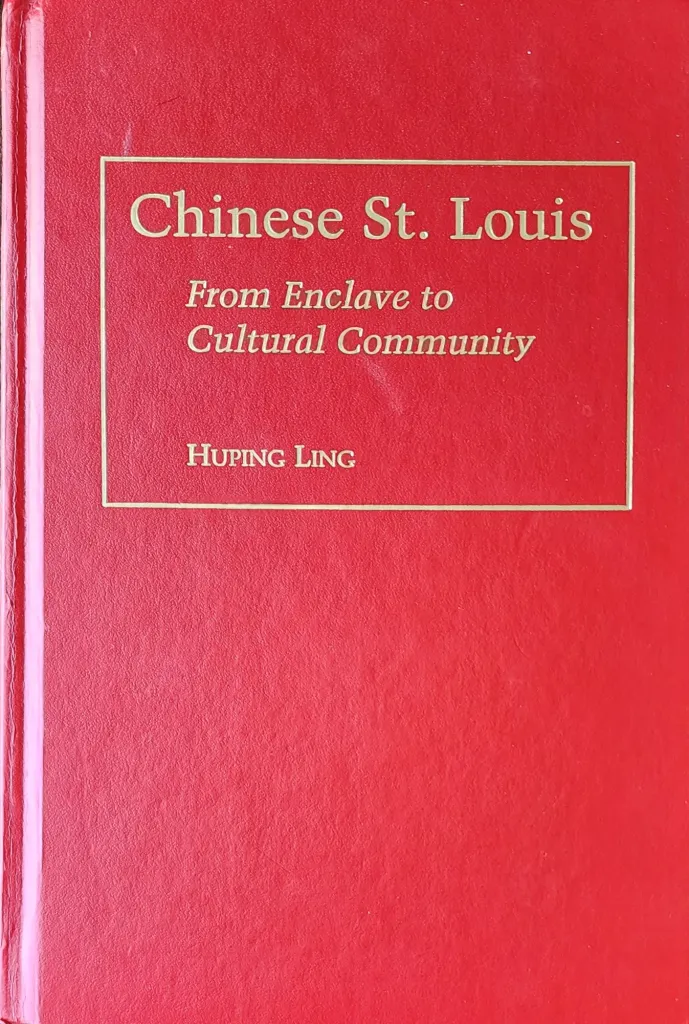
Welcome
Welcome to the official website of Professor Huping Ling.
Dr. Huping Ling is Professor Emerita of History at Truman State University; Recipient of Lifetime Achievement Award 2024, Association for Asian American Studies (AAAS); Former Visiting Research Fellow, Hoover Institution, Stanford University; Changjiang Scholar Chair Professor, Chinese Ministry of Education; Distinguished Honorary Professor, Lishui University, Zhejiang, China; Visiting Professor, Institute of Overseas Chinese Studies, Jinan University, Guangzhou; Founding Sole Book Series Editor, Asian American Studies Today, Rutgers University Press; Editorial Board, Overseas Chinese History Studies, Beijing, China.
Here, you can explore Dr. Ling's publications, talks and speeches, and reach out Dr. Ling for appointment for public events and consultation.
BEST SELLERS
Chinese Americans in the Heartland
The term “Heartland” in American cultural context conventionally tends to provoke imageries of corn-fields, flat landscape, hog farms, and rural communities, along with ideas of conservatism, homogeneity, and isolation. But as the Midwestern and Southern states experienced more rapid population growth than that in California, Hawaii, and New York in the recent decades, the Heartland region has emerged as a growing interest of Asian American studies. Focused on the Heartland cities of Chicago, Illinois and St. Louis, Missouri, this book draws rich evidences from various government records, personal stories and interviews, and media reports, and sheds light on the commonalities and uniqueness of the region, as compared to the Asian American communities on the East and West Coast and Hawaii. Some of the poignant stories such as “the Three Moy Brothers,” “Alla Lee,” and “Save Sam Wah Laundry” told in the book are powerful reflections of Asian American history.
Read More About This Book -> Buy This Book Here ->
TESTIMONIALS
CHINESE CHICAGO: Race, Transnational Migration, and Community since 1870
- “A unique and valuable study, sure to deepen our understanding of extra-national migratory studies in the development of modernity.”—John Kuo Wei Tchen, New York University & Museum of Chinese in America
- “Huping Ling, a prolific and leading scholar of Chinese America, gives us yet another refreshingly exciting book. An excellent community study, it offers fascinating stories about various aspects of Chinese America life in the community, ranging from food, laundry-shop work, school life, and family life in late nineteenth- and early twentieth-century Chicago. The book situates these stories in larger contexts, specially the Chinese American transnational world, providing extraordinary insights into the connection between the local and the global. It also connects the past to the present by taking an in-depth look at the post-war forces that have transformed and continue to transform Chinese Chicago.”—Yong Chen, author of Chinese San Francisco, 1850-1943: A Trans-Pacific Community
- “An insightful interpretation of Chinese community as an integral part of a multiethnic Chicago, Ling’s book is a landmark addition to the growing Chinese American transnational historiography.”—Haiming Liu, author of The Transnational History of a Chinese Family
- 令狐萍著:《芝加哥的华人:1870年以来的种族、跨国移民和社区》。广州:世界图书出版广东有限公司,2015年版。ISBN 978-7-5100-9656-3. Its English edition published by Stanford University Press in 2012 has been nominated as the best history book in 2012 by many professional organizations.
Asian American History and Culture: An Encyclopedia
- Winner of Booklist/Reference Books Bulletin Editors’ Choice 2010 Award.
- “Here is a unique reference work focusing on the history, culture, contributions, and challenges of a variety of Asian-origin groups in the U.S. This is an excellent resource that will be used wherever there are immigrant communities or where students need a starting point for research topics. Great for high-school, college, and public libraries.” Booklist (Five starred review)
- “This well-realized introduction to the culture and history of 21 ethnic groups includes the largest and most prominent–those that have their origins in China, the Philippines, India, Korea, Vietnam, and Japan–as well as smaller groups such as Bangladeshi-, Burmese-, Mongolian-, and Tibetan-Americans. … The text is clear and balanced, and occasionally profound. … This excellent, up-to-date resource will prove valuable to general readers and students.” School Library Journal


